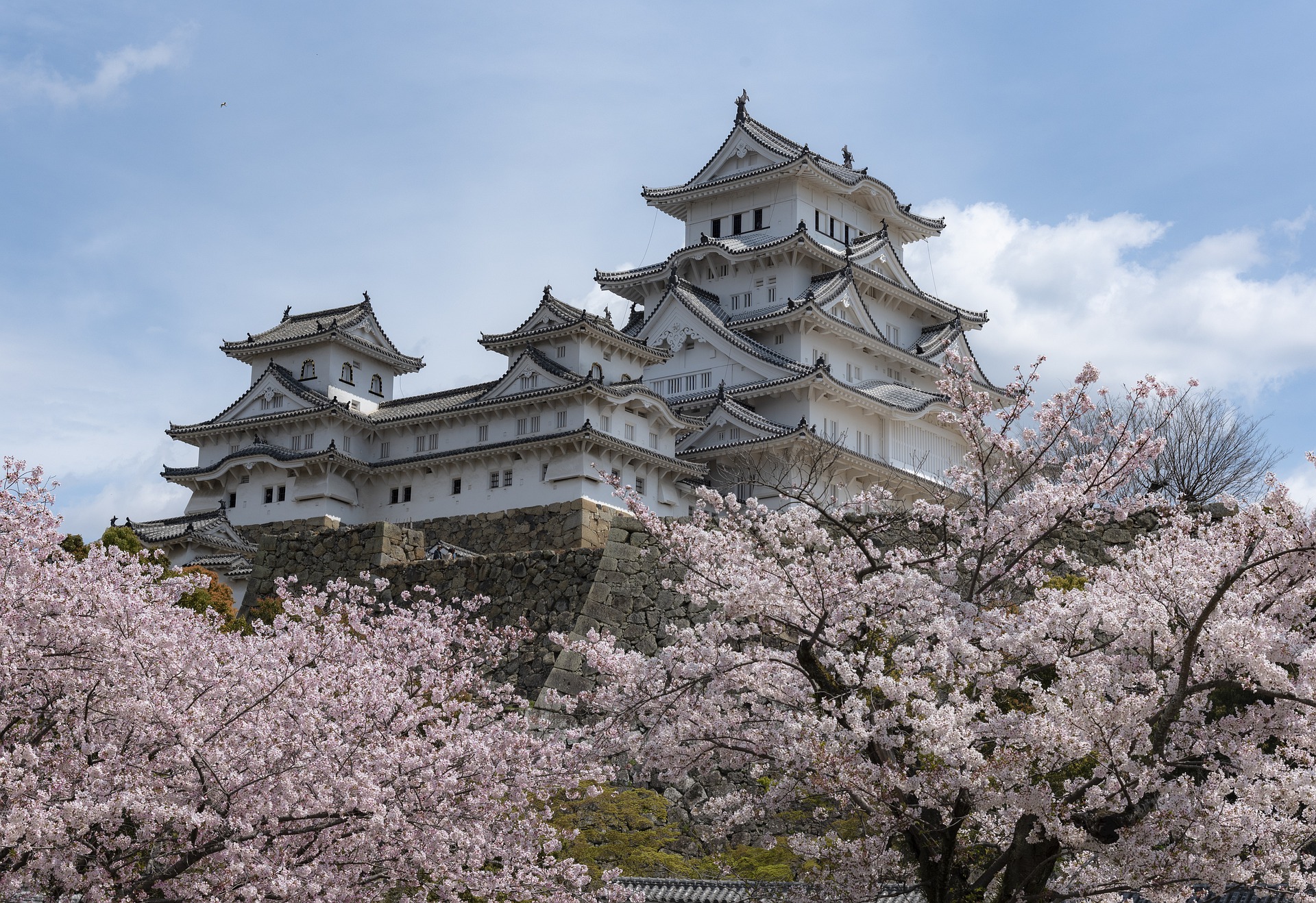In the period from late April to early May in Japan begins the “Golden Week”. This is the name of several holidays combined with weekends. This is the busiest time of the year for travel companies, hotels, resorts, airlines, etc. The Japanese travel around the country or abroad. Some people combine vacations with Golden Week in advance, so the vacation can last about 10 days.
The term “Golden Week” was first used by film companies, which invited people to take the “golden opportunity” to watch a new movie in the cinema. Gradually, this expression began to be used to denote a long spring weekend.
During the Golden Week, 4 national holidays are celebrated: Shaw Day (昭和 の 日, 29.04), Constitution Day (憲法 記念 日, 03.05), Green Day (み ど り の 日, 04.05) and Children’s Day (こ ど も の 日 05.05).
Since Green Day is considered a day of admiring the beauty of plants and trees, they try to spend it in nature.
The last holiday of the “Golden Week” is Children’s Day (including boys).
Families wish health and prosperity to their sons by hanging fabric carp (koi-nobori) figures made of fabric near the house. It is said that carp can swim against the current, as well as swim through waterfalls. Koi-nobori symbolize the wishes of perseverance and success.
In many parts of Japan, more than a hundred artificial colored carp, up to tens of meters long, are hung near rivers and cities. Carps, which seem to rise into the sky under the influence of the wind, are admired by adults and children.
During the Golden Week, the weather is usually favorable for travel – not too cold and not hot. In some regions, the spring holidays coincide with the period of sakura admiration. So you can see many people spending their free time admiring the beauty of flowering trees.

